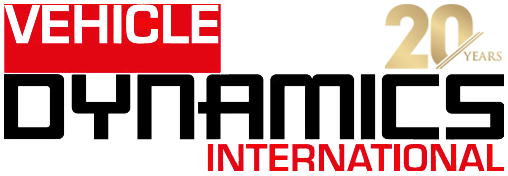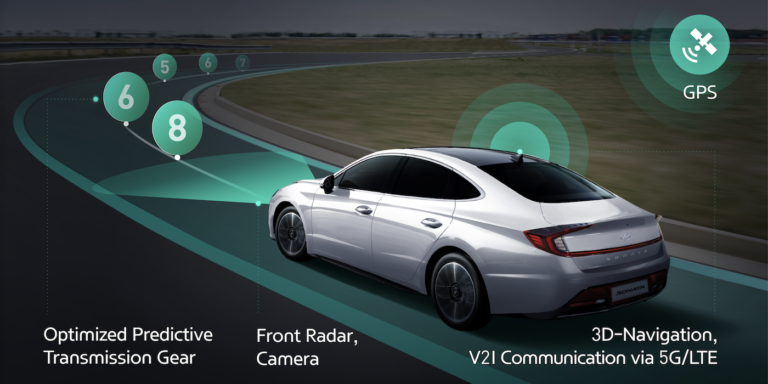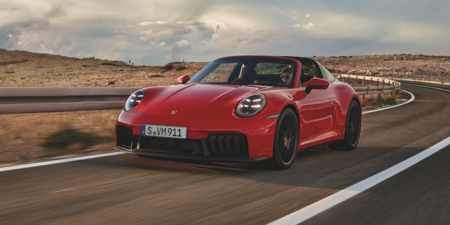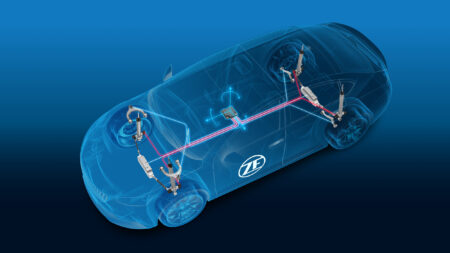Hyundai and Kia have co-developed what they claim is the world’s first predictive gearbox, a system which enables a vehicle to automatically shift to the optimal gear after identifying the road and traffic conditions ahead. Named the Information and Communication Technology (ICT) Connected Shift System, both companies plan to apply the gearbox on future vehicles, with around 40 patents already filed for the technology during the development programme.
Technologies already exist that can automatically shift gears depending on driver preferences (such as the Smart Drive Mode available on most current Hyundai and Kia models), but this ICT system developed by Hyundai and Kia is the first to automatically shift the gear according to road and traffic conditions.
The system uses intelligent software in the transmission control unit (TCU) that collects and interprets real-time input from underlying technologies, including 3D navigation for a precise map of the road, smart cruise control data (including lane information from cameras), and radar (for speed and distance between vehicles). The 3D navigation input includes elevation, gradient, curvature and a variety of road events, as well as current traffic conditions. Radar detects the and others, and a forward-looking camera provides.
Using all of these inputs, the TCU predicts the optimal shift scenario for real-time driving situations through an artificial intelligence algorithm and shifts the gears accordingly. For example, when a relatively long slow down is expected and the radar detects no speed irregularities with the car ahead, the transmission clutch temporarily switches to neutral mode to improve fuel efficiency.
According to Hyundai and Kia, when they tested a vehicle with an ICT Connected Shift System on a heavily curved road, the frequency of shifts in cornering was reduced by approximately 43% compared to vehicles without the system. Accordingly, the system also reduced the frequency of brake operation by approximately 11%, thereby reducing driving fatigue and brake wear.
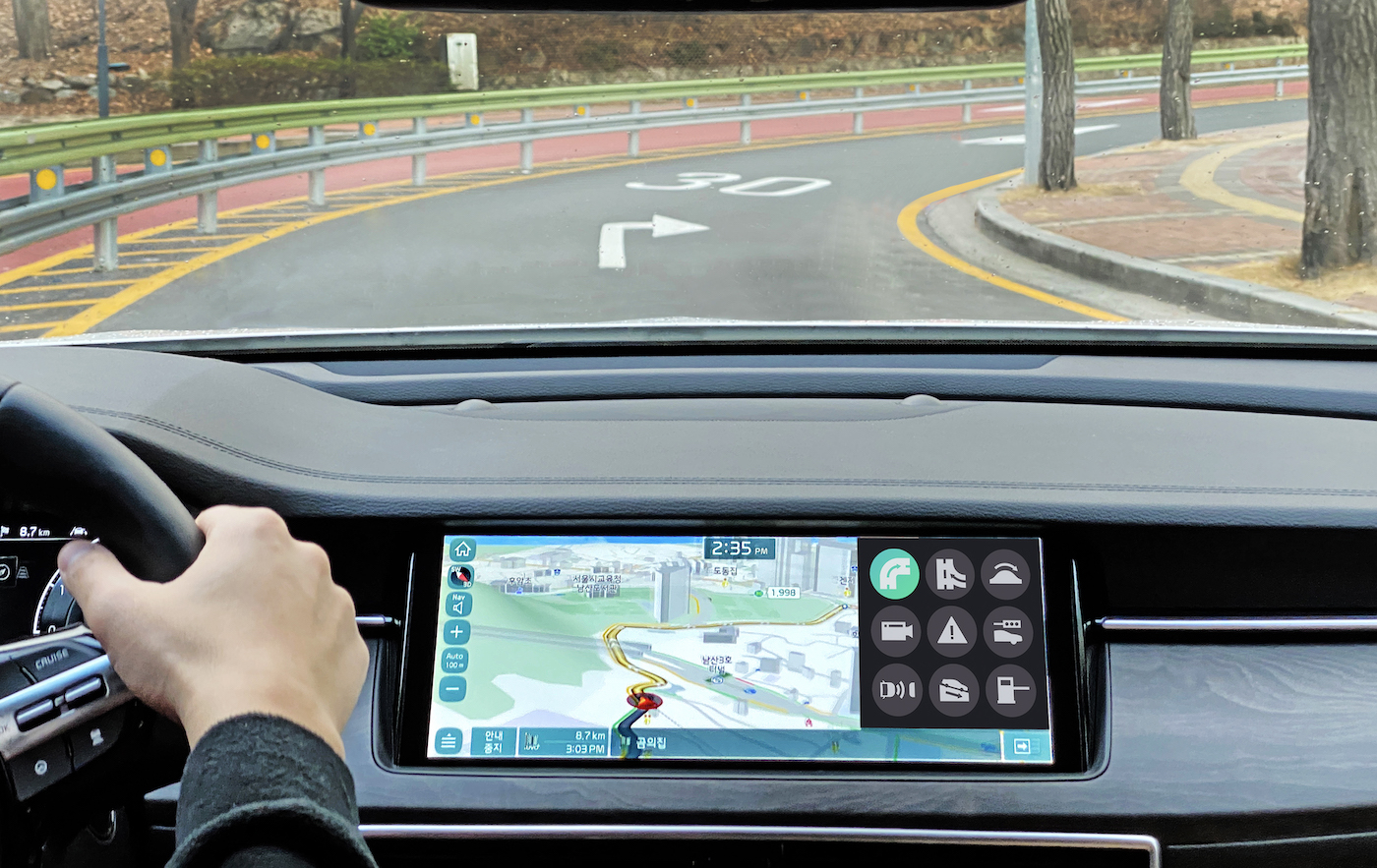
The companies add that when rapid acceleration was required to enter a highway, the driving mode automatically switched to Sport Mode at the merge, making it easier to join the traffic flow. After merging with traffic, the vehicle automatically returned to its original driving mode, for safe and efficient driving.
In addition, the engine brakes were automatically applied upon release of the accelerator pedal by determining speed bumps, downhill slopes and location of the speed limit change on the road. The changes in distance from the front car were detected by the front radar to adjust appropriate transmission gear automatically, which improved driving quality.
The system is also in line with autonomous technology, as the ICT Connected Shift System can deliver both improved fuel efficiency and a stable driving experience by providing improved performance in response to real-time road and traffic conditions.
Hyundai and Kia have stated that they are planning to further develop the ICT Connected Shift System into an even more intelligent transmission technology that can communicate with traffic signals based on LTE or 5G communication and identify drivers’ tendencies, resulting in further refinement of gear-shift control.
“Vehicles are evolving beyond simple mobility devices into smart mobility solutions,” said Byeong Wook Jeon, head of the companies’ joint Intelligent Drivetrain Control Research Lab. “Even a traditional area of the automobile, such as the powertrain, is becoming a high-tech technology optimised for smart mobility through efforts to integrate ICT and artificial intelligence technologies.”
